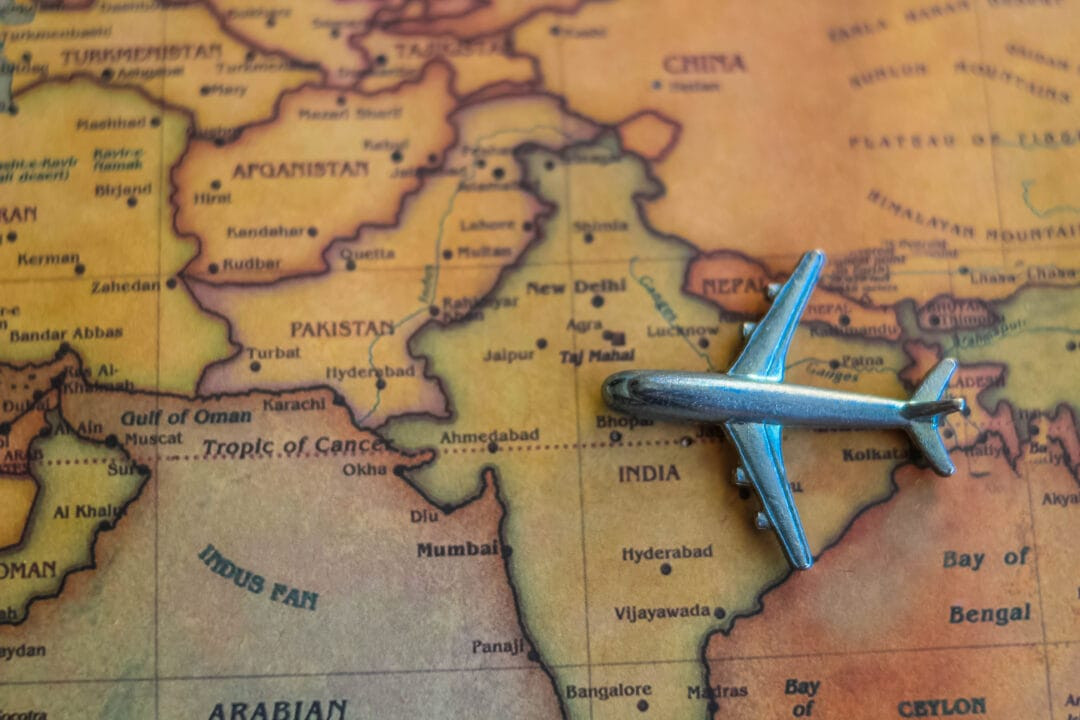
The costs of logistics in India are still high – about 13 percent of GDP, compared to the average Organization for Economic Cooperation and Development of 8 percent. Reducing these costs is vital to achieving the country’s goal to become a $ 1 trillion export economy by 2030.
“The expansion of the infrastructure must be compatible with institutional cohesion”, “” The national logistical policy provides the framework, but efficiency will eventually come from the facades – where the railway meets the road, where the ports meet airports, and where the systems should speak with each other. “
The main plan for PM in India Gati Shakti, which covers more than 1500 infrastructure projects, is essential for this vision. This initiative focuses on the logistical assets specialized in the field of communication with special economic areas, SEZS, dry ports, and interior stations-linking them through digital platforms such as ULIP, which now connects more than 160 public and private systems by sharing data with actual time.
Despite this progress, integration is uneven. While Delhi and Mumbai treat more than half of the air sizes in India, many smaller cities still lack effective multimedia connections.
Railways integration
The rail network in India-fourth is the largest largest in the world-it is only 27 percent of the total shipping volume. The Railways Ministry aims to raise this to 45 percent by 2030. But the mergers of air and railways are still a large chance.
Dr. Surdra K. said. Aharwar, Executive Director of the Ministry of Iron railways: “We have not yet demanded an internsitucite rail-air in a meaningful way.”
The most prominent capabilities of allocated Western and Eastern shipping corridors (DFCS) to support this shift. He said: “Our long -term strategy is the experimentation of the” air transport contract “near the main shipping airports.” These centers will allow highly valuable and sensitive pressure-such as e-commerce commodities, damage, and electronics-to quickly move between air and railways, and reduce costs and emissions.
Dr. Ahwar also called for the “Open Access” model, allowing multiple logistical service providers to share the railway infrastructure and goods. This approach can prevent unnecessary capital duplication and enhance competitive neutrality in dense shipping areas.
Compatibility with global trade
Logistical corridors are not only material paths – they are strategic tools formed by political geography. India’s participation in the Economic Corridor in India and EUROB (IMEC), as well as wider efforts to diversify supply chains away from China, changes commercial flows.
However, experts warned that air conditions are often ignored in these plans. “Trade with the European Union-which is worth more than 88 billion euros-dominates electronics, preparations, and high-value textiles, where air cargo plays a pivotal role. If you ignore the air lanes designs on the air, we are exposed to the error of our logistical investment through our commercial file,” one of the major commercial consultations said.
To correct this, the stakeholders have called for the SEZS that focuses on goods near the airports, which are characterized by integrated customs dealings, enslavement persons, and smart logistical systems designed to meet AirFeright needs.
Green corridors
The climate policy quickly has become the cornerstone of the global trade strategy. The performance of the corridor will be judged soon not only at cost and speed, but by emissions.
“The shipping operators may get a preferential arrival in the corridors based on their emissions file.” “This corresponds to global trends, especially in the European Union, where the border carbon air conditioning mechanisms are subject to active development.”
Carbon tracking is already included in platforms like ULIP. Some multimedia stations experience solar powered operations, electric car fleets and smart power management systems. The emerging “green arrival degrees” can affect rapid customs clearance and access to the preferred port for low emissions.
Legal and organized cohesion
Physical and digital integration should be supported by legal coordination. Although digital tools are widely adopted such as electronic airlines and the Blockchain shipping bills, the legal implementation via the judicial states are still inaccurate.
The stakeholders highlighted the need for mutual recognition parties based on the UNCitral model law on e -commerce. While India has made progress through bilateral digital economics agreements with the United Arab Emirates and Singapore, the broader frameworks for data, electronic documentation and customs dancer are still developing.
“We need a formal institutional corridor governance model – with air service agreements – he was transferred to commercial documents, data exchange and compliance protocols,” said an official in a discussion of organizational gaps.